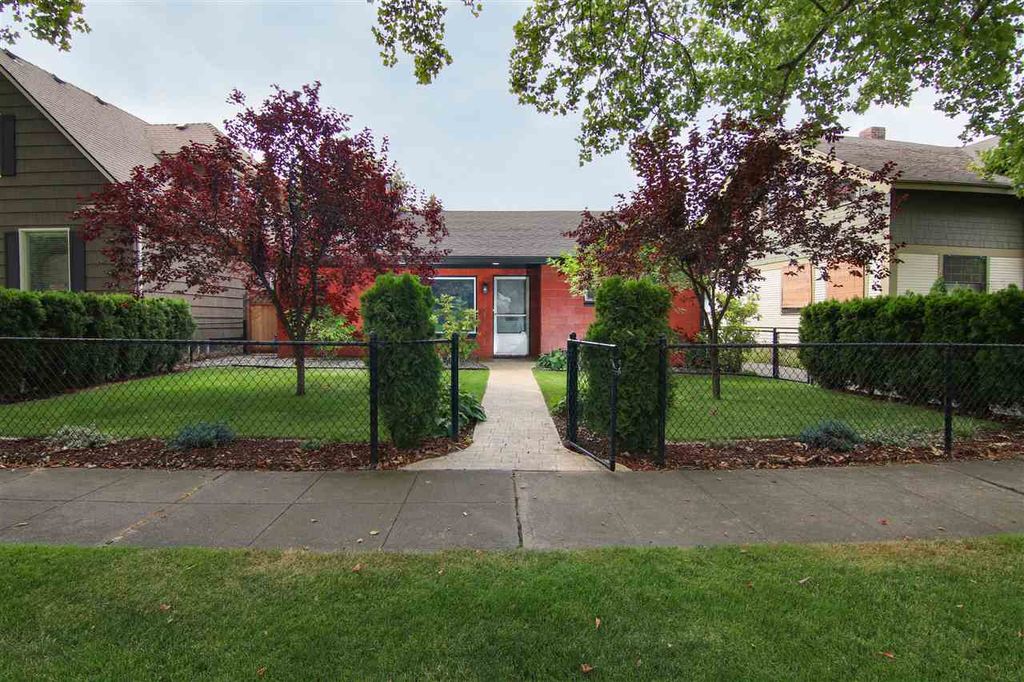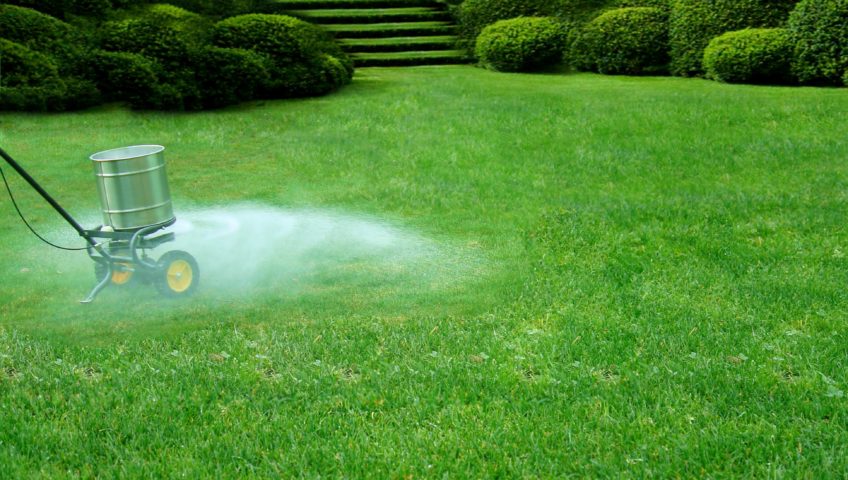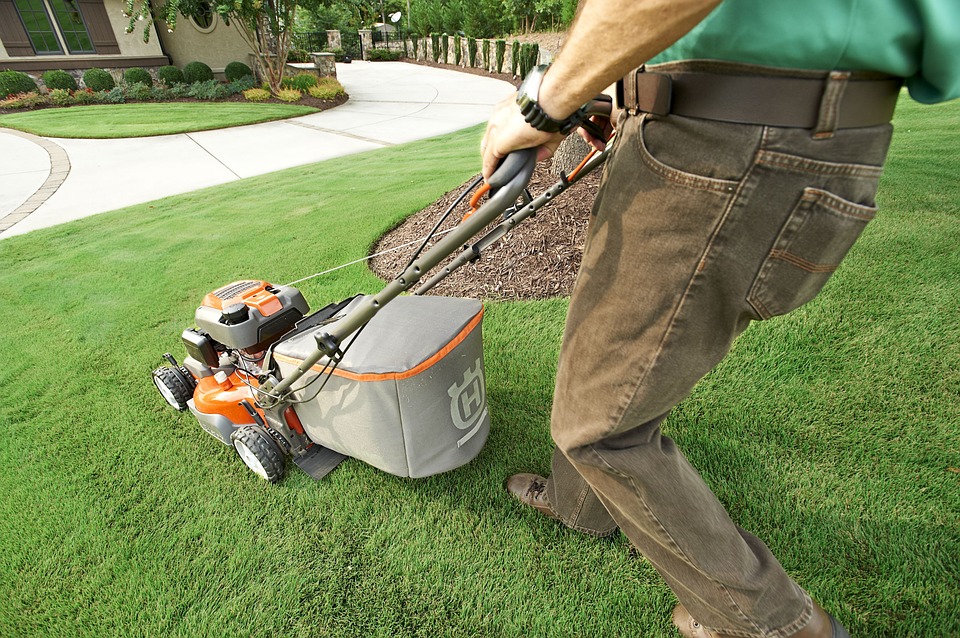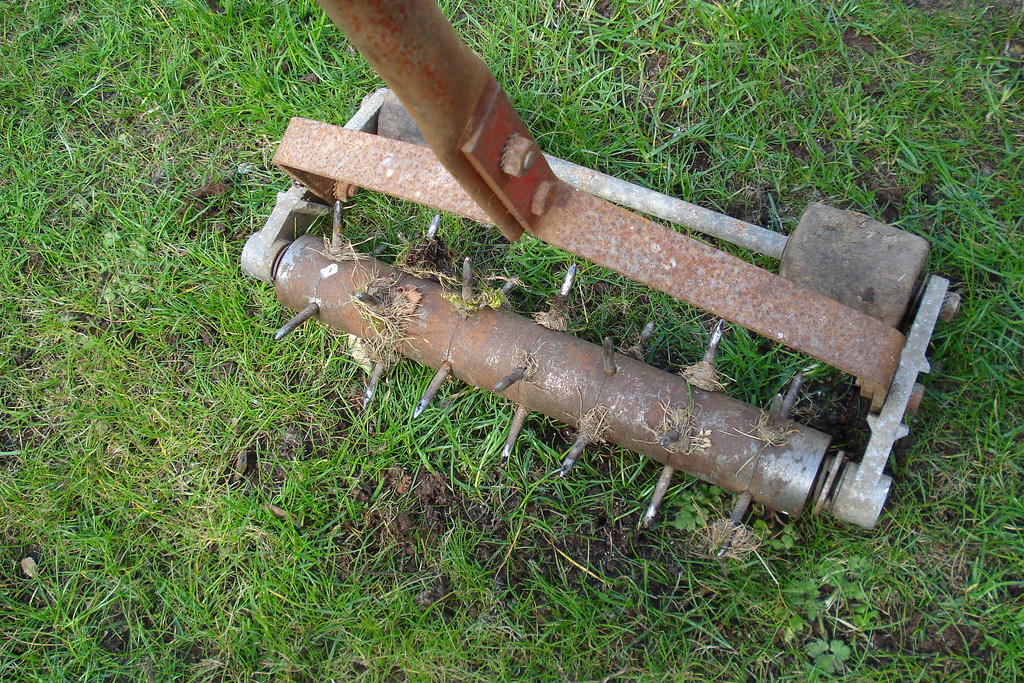Fall Lawn Care Tips for Spokane, WA

Fall is one of the most important times for you to pay attention to your lawn in Spokane, as the work you do will help you prepare for the upcoming harsh winter season that Spokane is known for. Here are a few fall lawn care tips that will prepare your lawn for upcoming cold ahead and keep it in healthy shape.
Leaf Removal
Before you do anything to your lawn, you'll want to make sure you rake up any leaves and unwanted debris. Leaves can often trap additional moisture and can create compaction on the soil if wet causing damage or even lawn diseases to manifest. Bag and dispose of leaves properly or for green lawn care practices, add them to your compost pile. You can also mulch leaves and use them as a natural fertilizer for your lawn or garden.

Fertilizing
A good fertilizing schedule to keep in eastern Washington during the fall is to apply complete fertilizer in early September, and nitrogen-only fertilizer in early November. Applying this fertilizer just before the winter season allows your turfgrasses to grow strong and resilient against chances of browning or dying off during colder weather.
Try to use a 2-1-1 fertilizer for September if your lawn is lacking phosphorus or potassium, only applying 1 pound per 1000 square feet at the absolute most. However, make sure your soil has been tested before applying this, as many times phosphorus levels will not need adjustments. By adding phosphorus to the soil when it is not needed, most of this nutrient will be lost in runoff and pollute local waterways.
In November, apply about 1 pound of nitrogen-only fertilizer per 1000 square feet. If this late fall application is made, then avoid adding more fertilizers in early spring, at least no earlier than April—unless there’s a nitrogen deficiency. It is also recommended to get a fertilizer with sulfur because it improves the color of many species of grass.

Mowing
Most cool-season grasses reach their maximum growth rate during the spring and fall. During these times, it is most important to make sure you are mowing properly and frequently. Check the correct mowing height for your specific turfgrass, and cut it on the longer side during fall. By keeping the grasses longer, you build their resistance against diseases. Yours grasses will also require less watering and fertilizing.
Take care that you are not cutting off more than a third of the grass height at a time, as this can shock your turfgrasses. Otherwise, your lawn will require much more hands-on maintenance so it keeps that dense, green color. During the peak of grass growth, you should be mowing your lawn at least once every 4 to 7 days. Remember, keep strict intervals between mowing times and actually help your grass grow healthier and greener.
It can also be beneficial to try mulching your grass clippings rather than removing them. As long as no clumps are left on the lawn, this practice can provide a natural organic source of nutrients that will replenish your soil. Practicing mulching properly can actually improve the lawn color of even the healthiest lawns.

Aerating
If you notice your lawn has a few areas where water begins to flood during light rain showers, you may have compacted soil. This means the water for your turfgrasses and plants is unable to penetrate that soil and provide the necessary nutrients. In order to fix this, wait until the end of August or early September when the soil is slightly moist, and use a core aerator in affected areas. Once the cores have been dug up, simply rake them back into the lawn to redistribute nutrients.
Need help preparing your lawn? Visit our Spokane lawn care page to get in touch with a professional! In addition to Spokane, we provide lawn care services to Washington cities, including Seattle.
Featured image source: Zillow Spokane